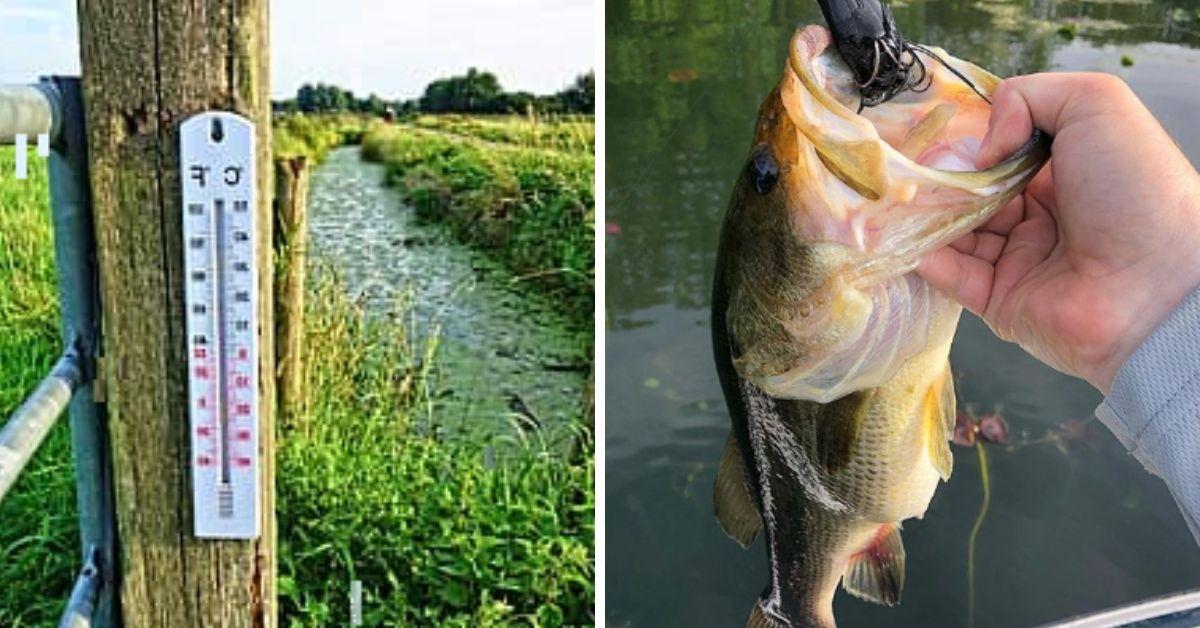How To Avoid Summer Fish Kills When The Lake Feels Like Bathwater
When the heat is on during summertime, many game fish are vulnerable to the bathwater temperatures of our fisheries throughout the country.
Most game fish can tolerate and remain in shallow hot water for short periods of time but fish are cold-blooded and are unable to regulate their body temperature so they are influenced by the temperature of the water. The warmer the water becomes, the more a fish’s metabolism accelerates and feeding and respiration increases.
What Happens When It Gets Too Hot?
The problem these fish encounter is as water temperature rises, the amount of oxygen in the water decreases. When the water is too warm, the fish’s metabolism speeds up and the fish’s breathing rate increases which causes the fish to require more oxygen.
Water consists of two parts hydrogen for every one-part oxygen but this oxygen is not used by the fish, which instead breathe the excess oxygen in the water. Factors that can create more oxygen in water to help fish survive include high barometric pressure, wave action or current and growing plants.
Avoiding The Dreaded Summer Fish Kill
Many fish kills in the summer result from low concentrations of dissolved oxygen in the water. Fish kills can occur especially on smaller bodies of water during algal blooms on warm summer nights when the dissolved oxygen level of the water drops too low for fish to survive. The lack of oxygen in hot water causes game fish to become sluggish and inactive.
The following list compiled by the MisterTwister.com staff shows the favored temperature ranges where digestive systems function best and the oxygen content is high enough for various game fish:
Water Temperture Guide For Targeting At Risk Fish
Muskellunge—55 degrees to 73 degrees.
Northern Pike—55-75.
Walleye—53-72.
Yellow Perch—55-72.
Coho Salmon—44-60.
Chinook Salmon—44-60.
Rainbow Trout—50-65.
Updated July 13th, 2020 at 9:57 AM CT


